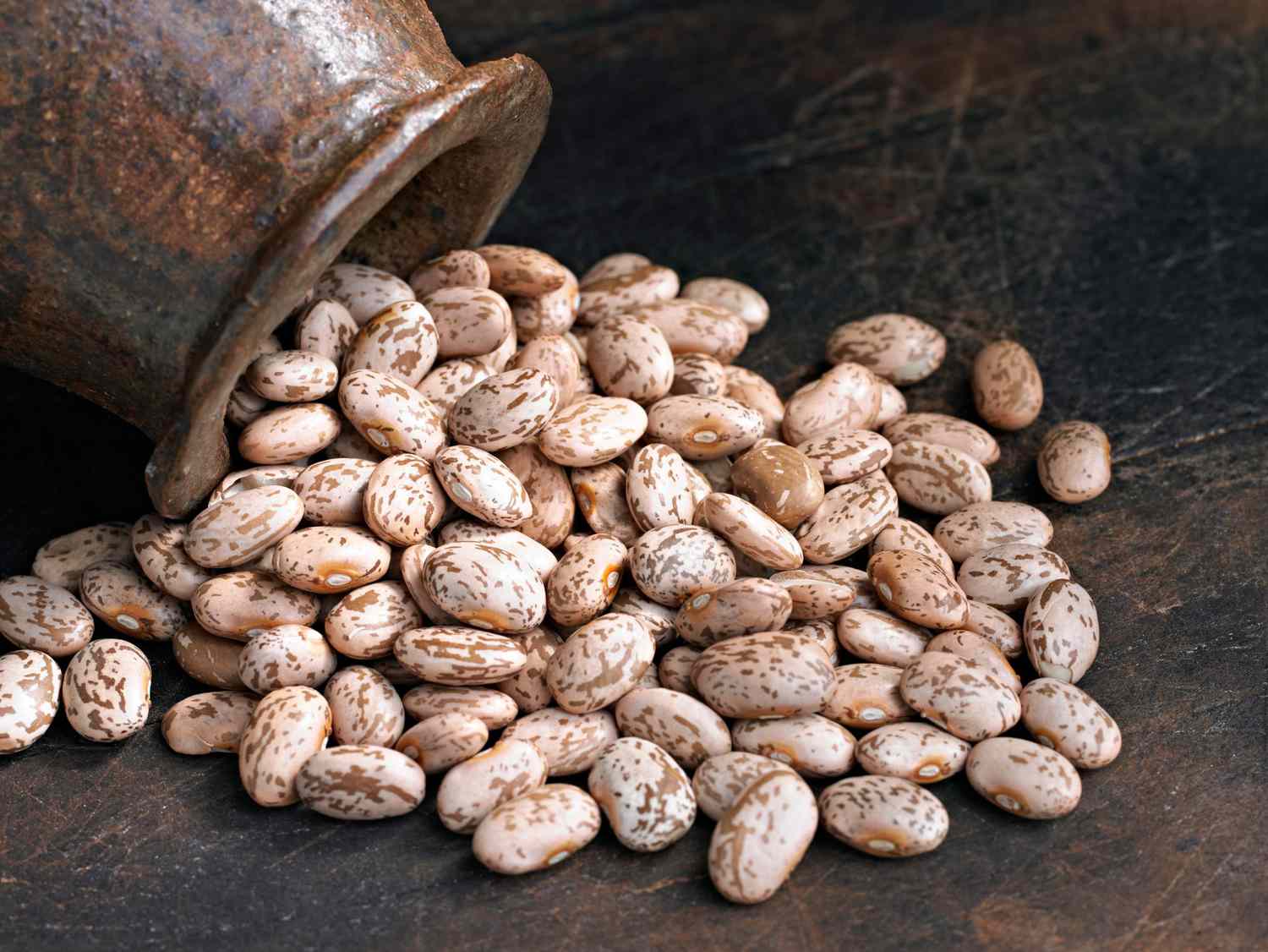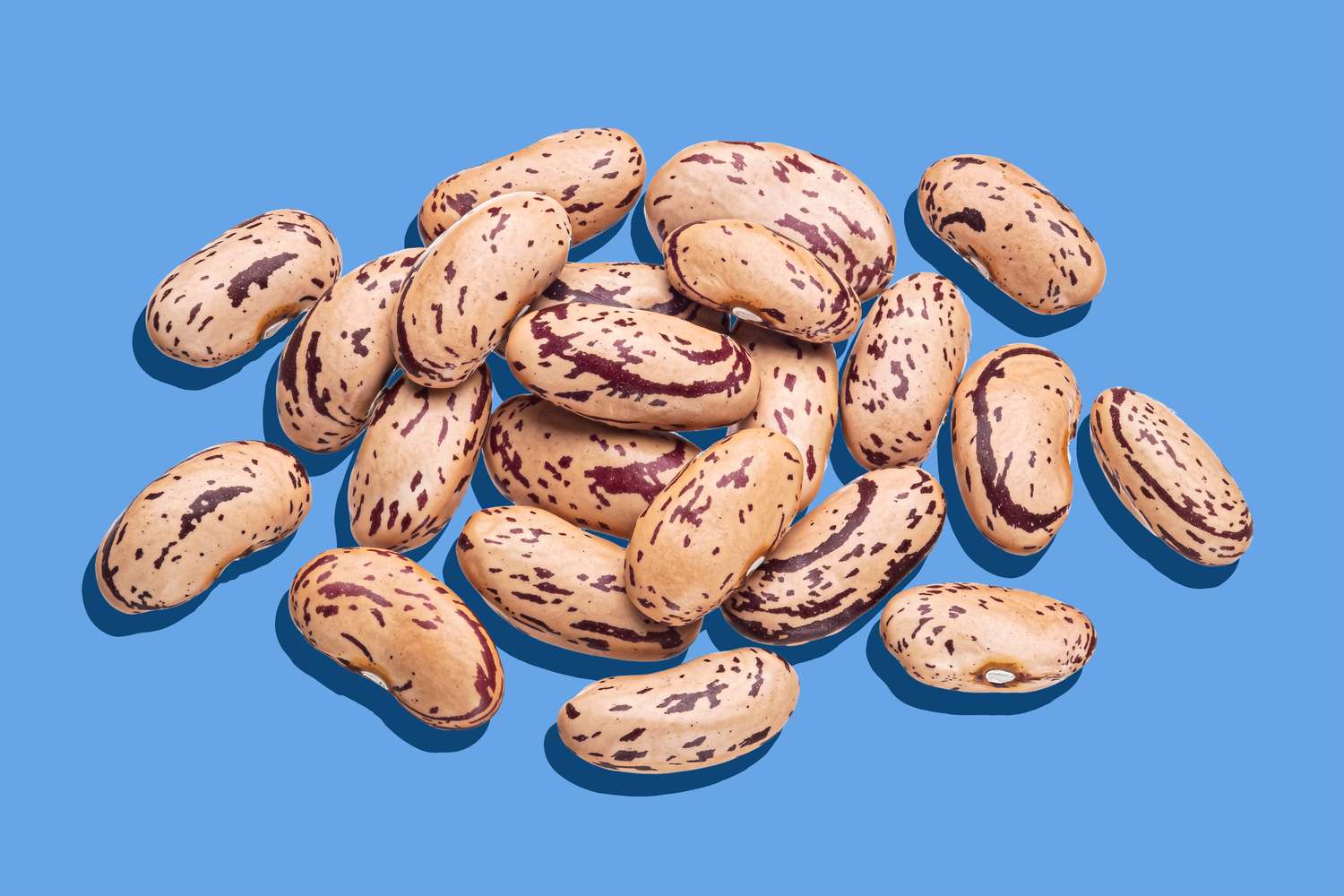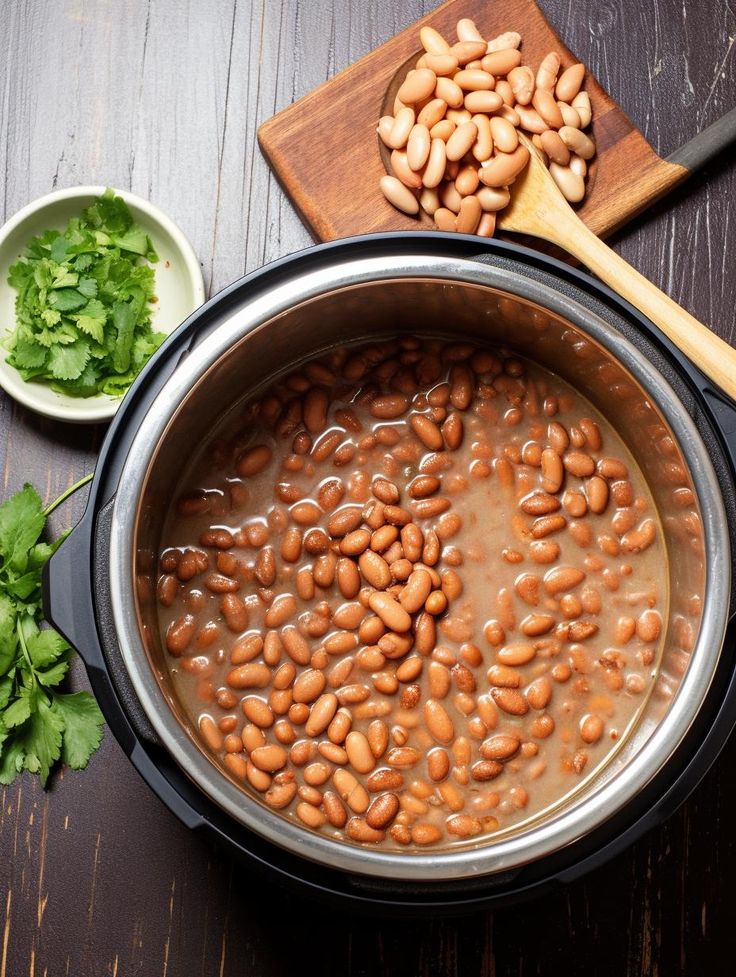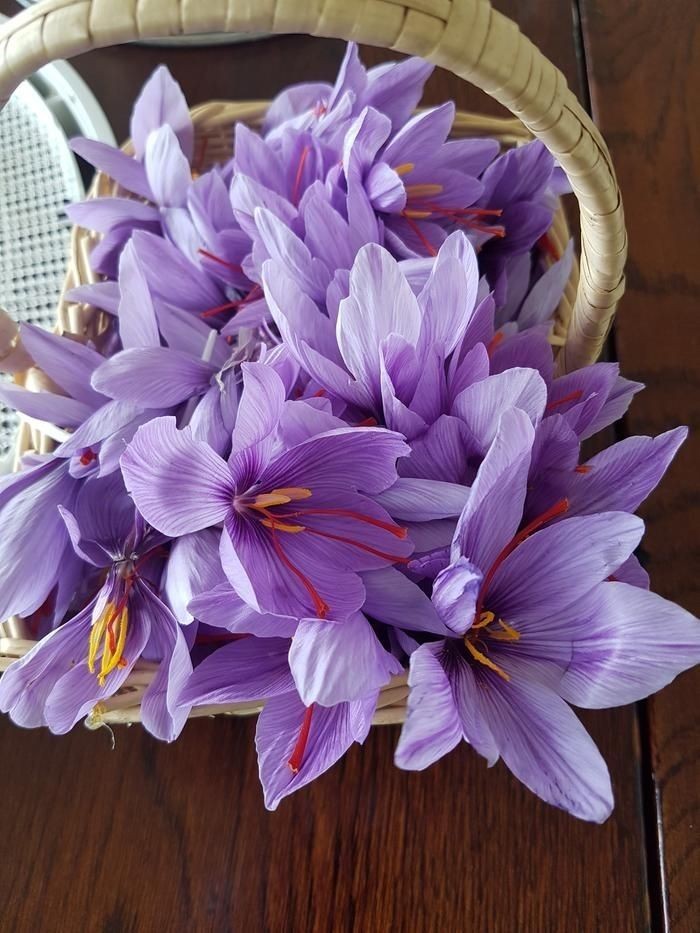Categories
The latest content
-

Customs Clearance & Import Regulations for Bulk Iranian Pinto Beans in EU, Middle East & Africa
..
-

Quality Control & Laboratory Testing Standards for Iranian Pinto Beans
..
-

Logistics & Shipping Solutions for Bulk Iranian Pinto Bean Exports
..
-

Minimum Order Quantity (MOQ) & Bulk Pricing for Iranian Pinto Bean Buyers
..

Tags
Bulk Olives Supplier in Russia; 2025 Guide to Wholesale Prices & Importing

Russia’s appetite for Mediterranean flavors is growing stronger each year — and olives are at the center of this culinary wave. Once limited to niche markets and upscale stores, olives are now a staple in everyday Russian kitchens, delis, and restaurants.
This shift has triggered a rise in demand for bulk olive imports, with many buyers now sourcing directly from producers in Iran, Turkey, and Spain. If you're a distributor, importer, or food brand in Russia, here’s a full breakdown of how to buy olives in bulk, current wholesale prices, and the customs and import process in 2025.
Why Russia is Importing More Olives?
In recent years, Russia’s domestic olive production has remained minimal, making the country entirely dependent on imports. From the Black Sea region to Siberia, olives are being consumed more than ever — both in households and in the growing number of Mediterranean and Middle Eastern restaurants.
Key demand sectors include:
• Supermarkets (Perekrestok, Lenta, Magnit)
• HoReCa distributors (Hotels, Restaurants, Catering)
• Food processing companies (olive pastes, sauces)
• Ethnic grocery chains
With sanctions and global sourcing shifts, non-European suppliers like Iran and Turkey are becoming go-to sources for cost-effective, quality olives.
Popular Olive Varieties in Russian Wholesale Market
Olive Type Preferred Form Packaging
Whole green olives Brined or salted 10–20 kg barrels
Pitted black olives Vacuum packed 5 kg trays or pouches
Cracked or spicy olives With herbs or lemon Plastic tubs, 8–10 kg
Kalamata-style olives Dark purple, meaty Vacuum sealed, glass jars
Olive paste (Tapenade) Smooth or chunky Bulk 5 kg buckets
Tip: Russian buyers are very responsive to olives with added flavor — garlic, chili, or lemon-infused varieties are bestsellers.
Wholesale Olive Prices in Russia (2025 Updated)
Here are the estimated bulk prices (CIF Moscow or St. Petersburg) for 2025:
Product Type Estimated Price (USD/KG)
Basic green olives $3.10 – $3.80
Premium black olives $3.90 – $4.50
Organic olives $3.1 – $3.90
Kalamata-style olives $3.50 – $4.00
Tapenade / Olive paste $5.40 – $6.00
Prices vary depending on origin (Iran, Turkey, Morocco), packaging format, and quantity. Iranian olives tend to offer a better price-to-quality ratio, especially for large-volume buyers.
How to Import Bulk Olives to Russia? Step-by-Step Guide:
Importing food products to Russia involves a few critical steps. Here's what you’ll need to ensure a smooth transaction and customs clearance:
Required Documents:
1. Commercial Invoice & Packing List
2. Certificate of Origin
3. Phytosanitary Certificate or Health Certificate
4. Declaration of Conformity (EAC marking) – mandatory for food products
5. Customs Declaration (via the Russian Unified Window)
Russian Labeling Requirements:
All bulk or retail olives must include Russian-language labels, with the following:
• Product name and ingredients
• Net weight and storage conditions
• Manufacturer and country of origin
• Expiry date
• Nutritional facts and allergens
Tips for First-Time Importers:
• Hire a Russian customs broker who can manage the clearance
• Choose CIF terms with delivery to St. Petersburg or Novorossiysk ports
• For inland shipping, use rail cargo to reach major hubs like Moscow, Kazan, or Yekaterinburg
Best Ports & Logistics for Olive Import in Russia:
Russia has several strategic entry points for food imports:
• Port of Novorossiysk – major hub for Mediterranean cargo
• St. Petersburg Sea Port – great for shipments from Iran via the Caspian route
• Zabaykalsk (rail) – for shipments transiting through Central Asia
Transit time from Iran: 10–14 days by sea, or 7–9 days via road through Azerbaijan and Dagestan.
Top Olive Exporters to Russia
Here’s what Russian buyers usually look for in a supplier:
• Flexible MOQ for first orders
• HACCP / ISO / Organic certification
• Russian-language COA & labels
• Fast delivery options for repeat business
• Price stability & quality control
Iranian Supplier Highlight:
Tamila Agrifood – Premium Iranian olives exporter
Organic and conventional varieties
Bulk packaging (10–20 kg)
EAC certification support
Private labeling and CIF Moscow delivery
Get in touch for updated pricing and samples
Russian Olive Market Outlook (2025–2026)
• Retail growth: More Russian consumers are shifting toward Mediterranean diets
• Foodservice rebound: Restaurants are recovering post-COVID and demand bulk olives
• Domestic repackaging: Importing in bulk and repackaging locally is a growing trend
• Organic demand rising: Especially in Moscow, St. Petersburg, and resort cities
Final Word: Russia’s Olive Market is a Strategic Opportunity
With low domestic production and rising demand, Russia remains one of the most promising bulk olive import markets in Eurasia. Whether you're a wholesaler looking to expand or a food entrepreneur targeting supermarket shelves, sourcing bulk olives — especially from Iranian suppliers — offers strong profit margins and long-term growth.
By understanding import logistics, aligning with certified suppliers, and following Russian labeling protocols, you’ll be ready to tap into this expanding market in 2025.
Want a bulk olive quote for Russia?
We help buyers connect with certified suppliers, get EAC support, and arrange delivery to Moscow or any Russian city.
Just reach out for a custom quote and olive sample box.
Email: tamilaagrifood@gmail.com
WhatsApp: +989141858935



